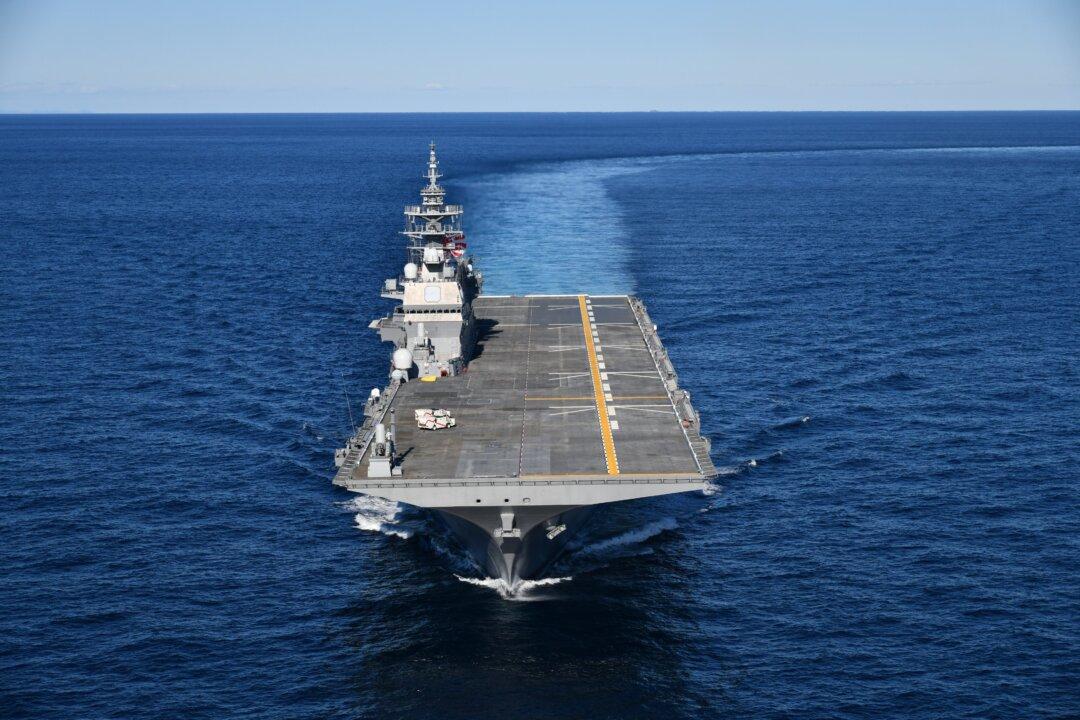News Analysis
Japan’s move to convert two warships into aircraft carriers underscores stronger ties in the Indo-Pacific between the United States and Japan, as the two countries solidify their position as military allies.

Japan’s move to convert two warships into aircraft carriers underscores stronger ties in the Indo-Pacific between the United States and Japan, as the two countries solidify their position as military allies.